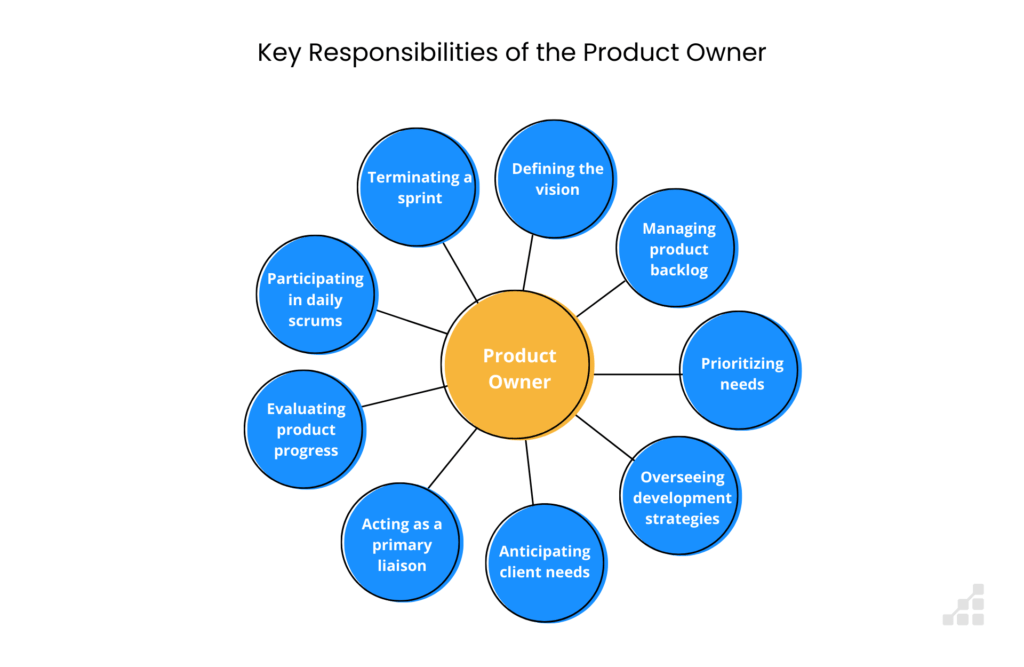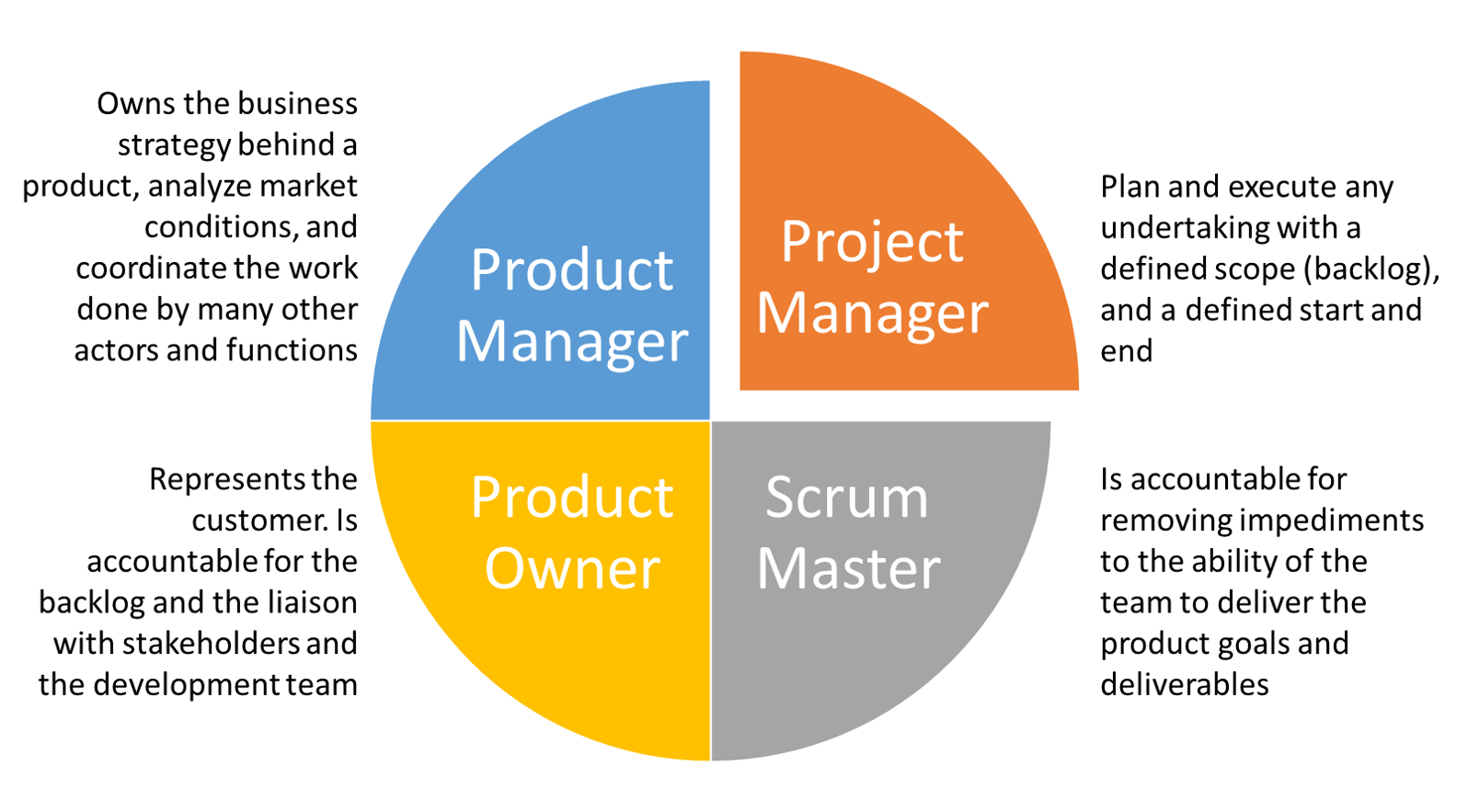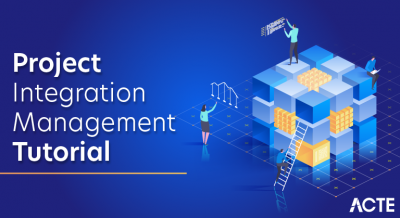
- Introduction
- What is a Product Owner?
- The Key Responsibilities of a Product Owner
- Essential Skills for a Product Owner
- The Product Owner’s Role in Agile Teams
- Product Owner vs Product Manager: Key Differences
- The Challenges Faced by Product Owners
- How to Become a Successful Product Owner
- Conclusion: Product-Market Fit as a Business Growth Strategy
Introduction
In the fast-paced and competitive world of software development, businesses need clear direction and leadership to develop and deliver high-quality products that meet customer needs and market demands. Enter the Product Owner, who guides a product from conception to delivery. A product owner is the bridge between stakeholders (including customers, business executives, and the development team) and ensures that the right features are built and delivered efficiently. While the role of the product owner has gained significant prominence in Agile and Scrum environments, their responsibilities extend far beyond simply managing tasks. Gaining certifications such as PMP Training can further strengthen a product owner’s ability to lead complex projects and align cross-functional teams. In this article, we’ll dive deep into the responsibilities, key skills, and challenges of the product owner and explore what it takes to succeed in this pivotal role.
What is a Product Owner?
A Product Owner (PO) is a critical product development team member responsible for defining the product’s vision, strategy, and overall direction. By clearly understanding the business objectives, they ensure that the product meets the needs of stakeholders, customers, and the market. In Agile methodologies, particularly Scrum, the Product Owner acts as the voice of the customer and the ultimate decision-maker regarding the product’s features and functionalities. Understanding concepts like What is a Product Roadmap is essential, as it helps POs align long-term goals with development efforts and stakeholder expectations. The PO works closely with the development team to break down complex requirements into smaller, manageable pieces, ensuring the team builds what matters most to customers and the business. The role of the Product Owner is highly dynamic and requires a combination of business, technical, and interpersonal skills. They are responsible for balancing the needs of various stakeholders while ensuring the development team has the clarity and direction to deliver value continuously.
Become a Project Management expert by enrolling in this PMP Training Online Course today.
The Key Responsibilities of a Product Owner
3.1 Vision and StrategyA product owner’s first and foremost responsibility is to define and communicate the product vision and strategy. This vision is the guiding light that drives every decision made during the product’s lifecycle. It’s not just about identifying what features must be developed but about understanding why the product is needed, what problems it solves, and who the target audience is.
3.2 Prioritizing the Product BacklogThe Product Backlog is a list of features, enhancements, and bug fixes that must be addressed to improve the product. As the Product Owner, you are responsible for continuously refining and prioritizing this list based on various factors such as customer feedback, business goals, and technical feasibility. The backlog must be carefully managed to prioritize the most valuable items first, and the development team must always work on the highest-priority tasks.
3.3 Stakeholder ManagementThe Product Owner must constantly communicate with all stakeholders, including customers, internal teams, senior management, and external partners. The goal is to ensure the development team builds the right product to meet all stakeholders’ needs. This involves balancing conflicting priorities, managing expectations, and making trade-offs when necessary. Stakeholder feedback is valuable, but the Product Owner must ensure it aligns with the product vision and overall strategy.
3.4 Defining Acceptance Criteria and User StoriesOne of the product owner’s key tasks is breaking high-level requirements into actionable items that the development team can work on. This is typically done through user stories, which are short descriptions of a feature told from the user’s perspective.
3.5 Working with the Development TeamThe Product Owner acts as the bridge between the stakeholders and the development team. The PO must collaborate closely with developers to ensure user stories are correctly understood and implemented. During sprint planning meetings, the Product Owner is responsible for explaining the priorities and the reasoning behind them, allowing the development team to ask questions and clarify details.
3.6 Ensuring Product QualityWhile the development team is responsible for building the product, the Product Owner ensures that it is delivered with the expected quality. This includes defining clear acceptance criteria and reviewing completed work to ensure it meets customers’ and stakeholders’ expectations. The Product Owner plays a crucial role in managing technical debt, ensuring that the development team balances delivering new features with maintaining product quality and system performance. Utilizing effective Time Management Tools can help Product Owners stay organized and prioritize tasks more efficiently, ensuring timely delivery and quality control.
3.7 Handling Releases and Product LaunchesWhen the product or feature is ready for release, the Product Owner ensures a smooth launch. This includes coordinating with marketing, sales, and customer support to ensure the product reaches customers effectively and that any required training or documentation is prepared. The PO is also responsible for ensuring that the product or feature aligns with the release plan, managing post-launch activities such as bug fixes, monitoring user feedback, and implementing improvements.
Advance your Project Management career by joining this PMP Training Online Course now.
Essential Skills for a Product Owner
4.1 Communication SkillsA Product Owner must communicate effectively with various stakeholders, including customers, developers, and business leaders. Translating complex technical requirements into user-friendly language is crucial, as is conveying the product vision and aligning teams around a common goal. Effective communication also involves active listening and understanding stakeholder needs, concerns, and feedback to make informed decisions.
4.2 Strategic Thinking and Problem-SolvingProduct Owners need to think strategically and act as problem-solvers. This means focusing on short-term tasks, considering long-term goals, and evaluating how each decision impacts the overall product. Understanding the principles of What is Agile can help Product Owners adapt quickly to changing requirements and deliver better value. The ability to pivot when necessary and devise creative solutions is key to product success.
4.3 Technical KnowledgeAlthough the Product Owner does not need to be an expert in coding or development, having a basic understanding of the technology behind the product is beneficial. This knowledge allows the PO to make informed decisions about feasibility, assess trade-offs, and communicate more effectively with the development team.
4.4 Time Management and OrganizationProduct Owners often juggle multiple tasks, including managing the backlog, collaborating with stakeholders, and reviewing development progress. Strong organizational skills and the ability to prioritize tasks effectively are essential for ensuring that the right features are delivered on time.
4.5 Leadership and Team CollaborationAs the leader of the product development effort, the Product Owner must be able to motivate and guide the team. Key leadership skills include building trust, creating a collaborative work environment, and providing clear direction. Completing PMP Training can further strengthen these leadership capabilities, helping Product Owners manage complex project dynamics more effectively. The PO must also be able to handle difficult conversations and make decisions that are in the best interest of the product and its stakeholders.
4.6 Analytical and Data-Driven Decision-MakingA successful Product Owner relies on data to make informed decisions. This includes using customer feedback, user analytics, and A/B testing results to prioritize features and optimize the product. The ability to interpret data and apply insights to improve the product is a key skill for any Product Owner.

The Product Owner’s Role in Agile Teams
In Agile methodologies like Scrum, the Product Owner plays a central role in guiding the product’s development. They manage the Product Backlog, ensuring the team constantly works on the highest-priority tasks. The PO participates in key Agile ceremonies, including sprint planning, daily stand-ups, sprint reviews, and retrospectives. The Product Owner is the voice of the customer, continuously gathering feedback and adjusting the backlog to ensure that the product delivers maximum value. In this context, the PO’s role is to manage tasks and lead the team in providing a product that meets both business and customer needs.
Product Owner vs Product Manager: Key Differences
While Product Owner and Product Manager roles can sometimes overlap, they are distinct roles with different responsibilities. The Product Manager focuses on the product’s broader strategy, market research, and long-term vision. In contrast, the Product Owner is more involved in the day-to-day execution, working closely with the development team to ensure the product meets the customer and business needs. Utilizing What are Project Management Tools can help both roles streamline their work, ensure better communication, and enhance overall efficiency. In larger organizations, the Product Manager may be more focused on the strategic aspects of the product’s lifecycle, while the Product Owner handles the tactical and operational side. However, in smaller teams or startups, the roles may be combined.

The Challenges Faced by Product Owners
Product Owners face a range of challenges, including:
- Balancing stakeholder expectations: Different stakeholders often have conflicting needs, and the Product Owner must make tough decisions about what gets prioritized.
- Managing a dynamic backlog: Priorities can change rapidly, and the Product Owner needs to adjust the backlog frequently to ensure that the team is always working on the most critical tasks.
- Maintaining focus on value: Getting caught up in adding new features is easy, but the Product Owner must ensure that each feature delivers value to customers and the business.
- Communicating effectively: Given the number of people the Product Owner works with, clear communication is essential, and it can be challenging to keep everyone aligned.
Are you getting ready for your PMP interview? Check out our blog on PMP Interview Questions and Answers!
How to Become a Successful Product Owner
To become a successful Product Owner, it’s essential to develop a deep understanding of the product, the market, and the needs of stakeholders. This requires practical experience, continuous learning, and adapting to changing environments. A Product Owner must be able to assess customer needs, prioritize features, and ensure alignment between the development team and business goals. Understanding approaches like What is Design Thinking can help Product Owners foster innovation and empathy for customers when shaping the product. Strong communication skills are crucial, as they must effectively facilitate collaboration between stakeholders and the development team. Many Product Owners also pursue certifications like the Certified Scrum Product Owner (CSPO) to formalize their knowledge of Agile principles and frameworks, ensuring they are equipped with the best practices for managing product backlogs, setting priorities, and driving value. Through experience, education, and communication, a Product Owner can successfully lead a product to meet customer and business needs.
Conclusion
The Product Owner’s role is crucial to any product’s success. As the gatekeepers of the product’s vision, they must balance the needs of various stakeholders while ensuring that the development team delivers features that provide real value to the end user. A successful Product Owner has a clear strategy and vision for the product, guiding the team toward the right priorities. Strong leadership and communication skills are essential. Pursuing certifications such as PMP Training can help enhance these skills, equipping Product Owners with the tools needed to manage complex projects and lead with confidence. They must manage expectations, make critical decisions, and focus on customer needs. With the proper skill set, a Product Owner can drive the product’s success, ensuring it meets user demands while aligning with business objectives. Ultimately, their ability to make informed, strategic decisions shapes products that satisfy customers and contribute to the business’s overall success and growth.





